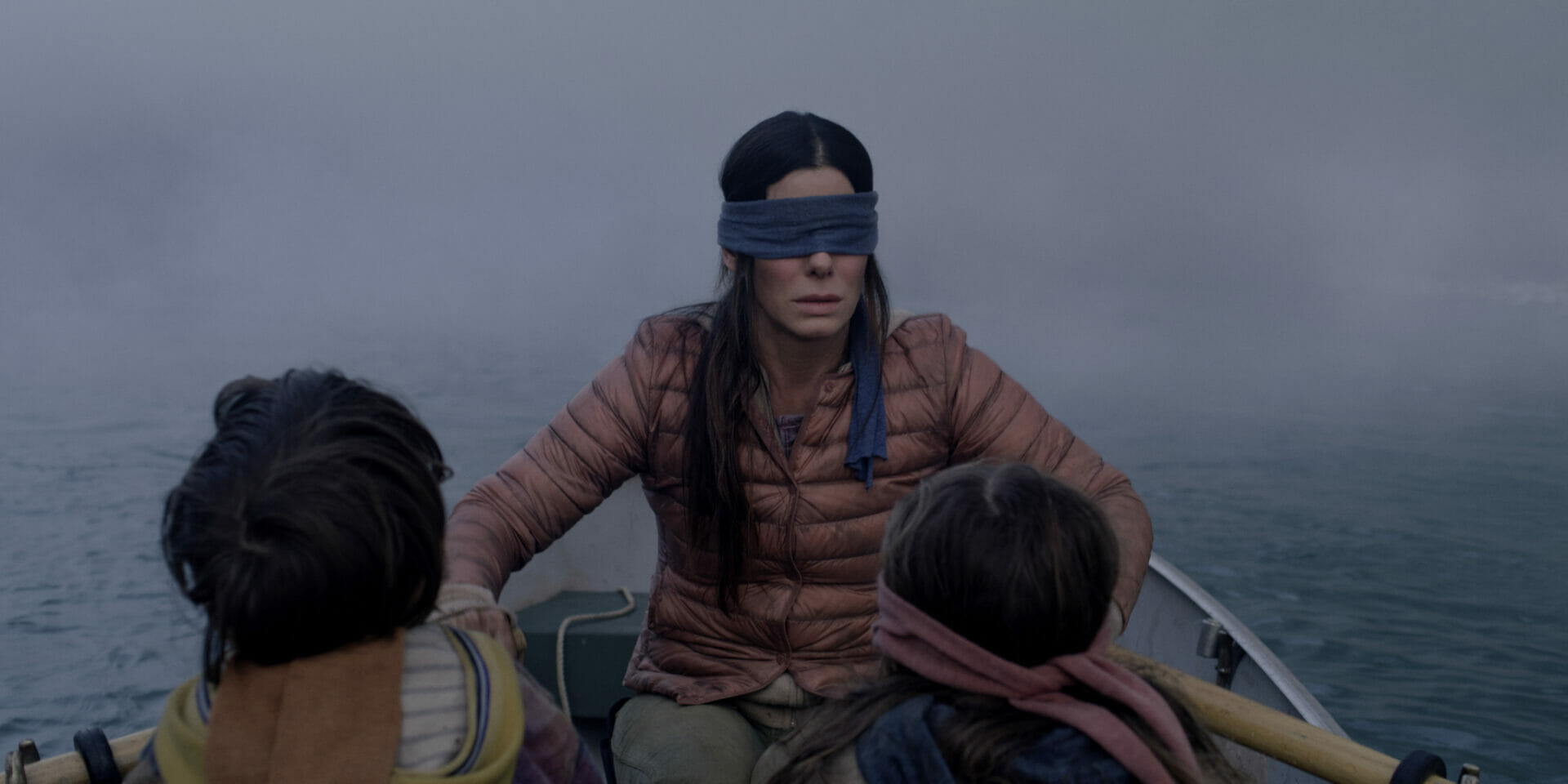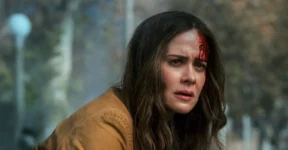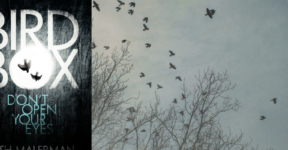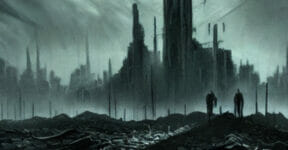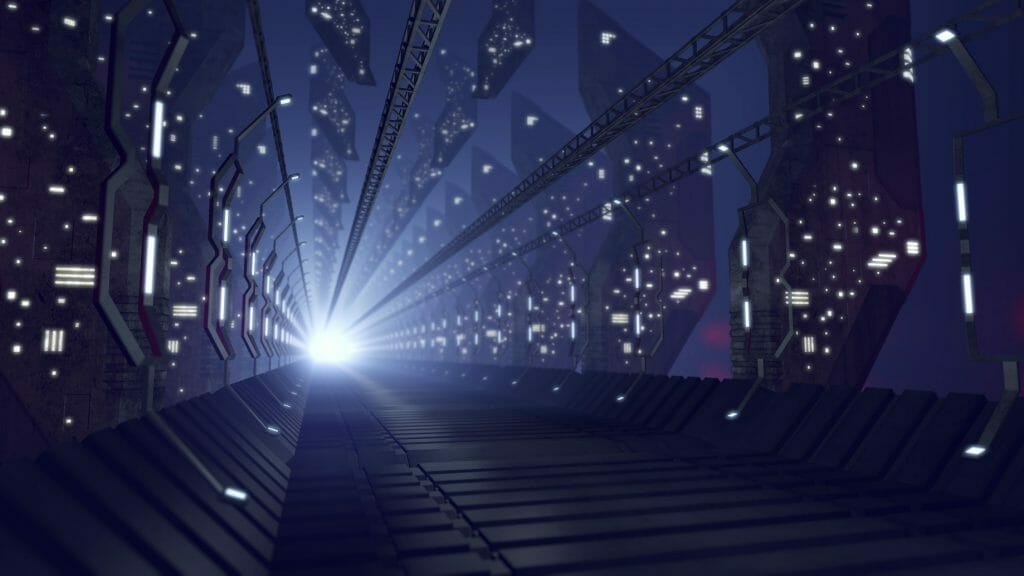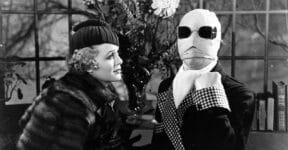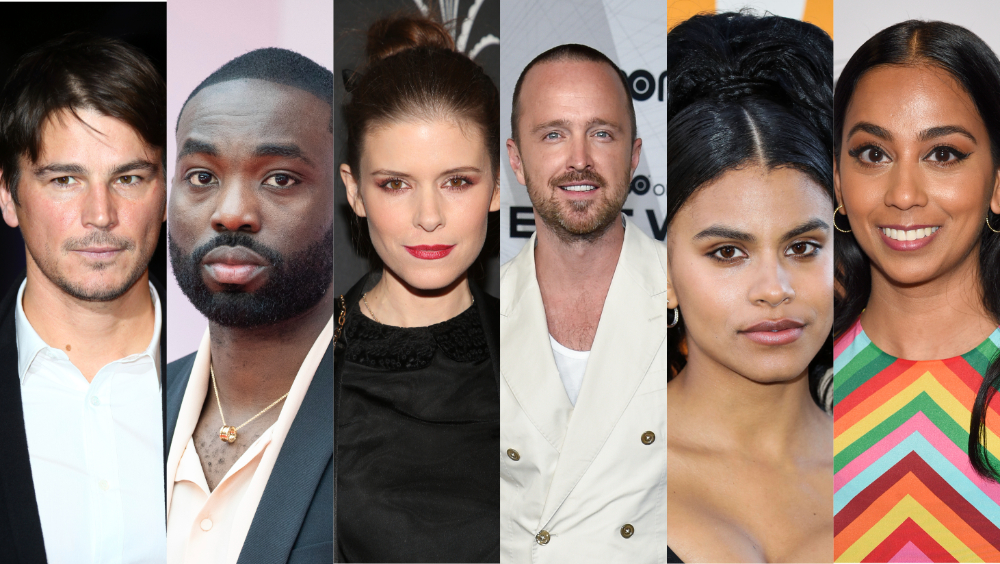The 2014 novel, Bird Box, was a debut masterpiece for the author: John Malerman. And so, an announcement for a movie adaptation from the director Susanne Bier did not fall on deaf ears. Released in 2018, the Bird Box Movie featured a slew of cast members, the likes including stars Sarah Paulson, Sandra Bullock and John Malkovich. The concept seemed like a must-have.
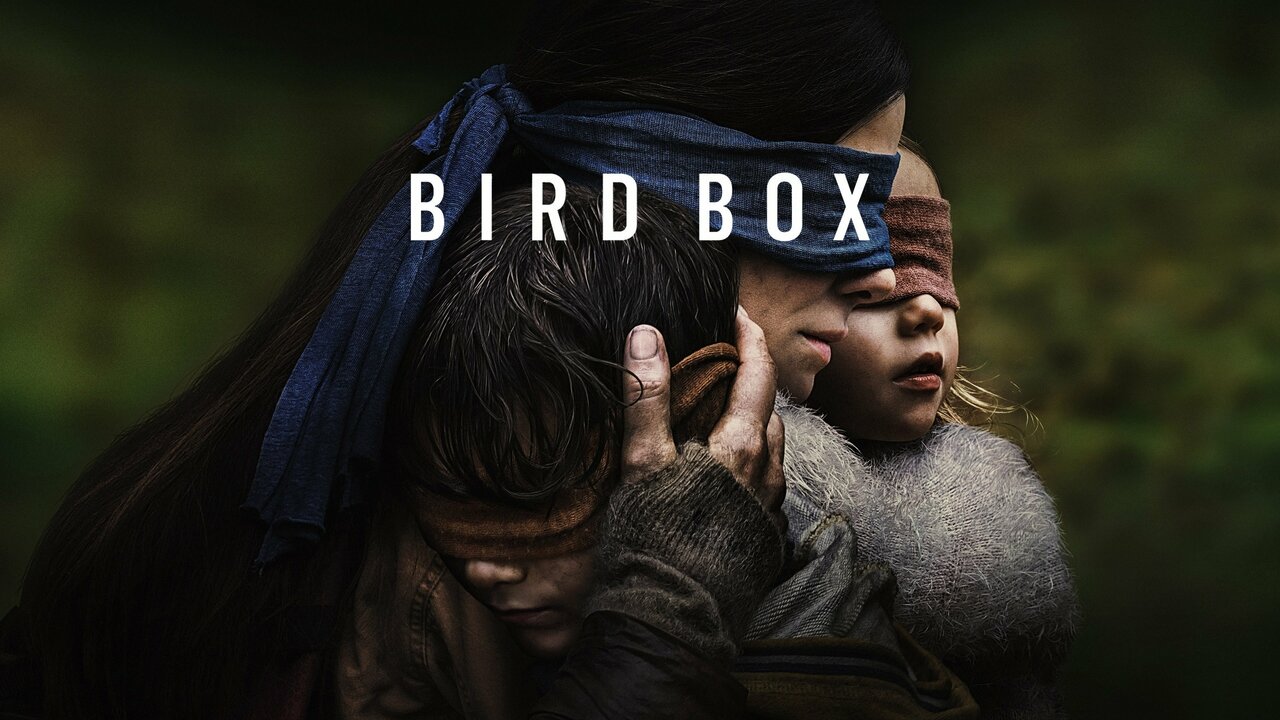
Evidently, the biggest challenge for the 2018 adaptation was the direction of the monsters; unseen terrors which cause humanity to fall to insanity and mania. When used in a book, the risks that come with using an invisible antagonist diminish, as the design is left up to the imagination of the audience. However using the same type of antagonist in a movie, something born from imagery, may cause a lot of problems for both director and the audience respectively.
There have been many cases of films taking an idea with strips the characters of at least one sense, in Bird Box’s case being eyesight. The duology of “A Quiet Place” tackles sound, more precisely, the character inside the films had to make as minimal noise as possible in order to not spur on the monster that had now created separation through the populous. Starring and Directed by John Krasinski, A Quiet Place is an example, close to the plot of Bird Box, which successfully handled the sensory loss. Where Bird Box differs though, is the fact it handles sight loss for both the characters and the audience, whereas in A Quiet Place, you could still hear and see the monsters.
Where The Plot Differs
To see a full synopsis of Bird Box check this out: Bird Box Book
Warning: This contains spoilers for the plot of both the book and the movie.
Although the plot points are similar in both adaptations, the movie takes different directions to cater for the new type of media they are using. With the reception the book received versus the mediocre average audience scores of the Movie, maybe the direction taken was limiting its own potential.

Outbreak Timeline and Jessica
It’s informed in the book that the incidents of mass suicides are a longer, more drawn-out event. In the film, the incidents are spreading rapidly and are shown to be all over the news minutes into the film. This was in order to have more time to show events after the outbreak in the film, however, plot points like Jessica’s death were abrupt and emotionally deprived. In the book, Jessica, the sister of Malorie, stayed locked up in an apartment with Malorie after the outbreak and stays there for months. This allowed for more character development for both sisters and eventually lead to the death of Jessica in a bathroom. In the film, Jessica is sparingly introduced as she dies in the car scene at the beginning.
The Car Scene
The Car scene is an event evidently stripped right out of “A Quiet Place”. The two sisters drive and suddenly crash as Jessica witnesses the monster. The panic and hysteria in the background is a great use of chaos and panic and exemplifies the danger of the monsters, if not sacrificing Jessica as a character. This was never done in the book but was an effective feature of the movie.
Dogs And Birds
In the book, dogs are an experimental technique conjured up by the safehouse to act as a pseudo-eye for the residents. Animals were shown to not be affected by the monsters, so the dogs could become sentries for humans. However, in a twist, the dog that joins Malorie and the kids falls witness to the monster and turns mad. In comparison, dogs were not used at all as a plot point, nor did they show up in a key way.
Birds are essential to the story for both adaptations. In the book, Tom keeps them at the safehouse and they become warning systems for the house, after the events at the safe house, Malorie takes the birds to the sanctuary. In the movie, Malorie finds the bird in a store and takes it with her.

Characters
Many characters, especially in the safehouse, were missing or had different names between the book and movie. One key character is John Malkovich’s character: Douglas, someone who heavily drinks but also becomes a voice of reason for the safe house.
Tom
Malorie and Tom come into contact whilst staying in the safe house. In the book, Tom is the leader of the safe house, and even though Tom and Malorie have interactions, it eventually doesn’t lead to anything as Tom dies at the hands of Gary. This is changed in the movie, where instead Tom survives and actually joins Malorie and the kids on their journey after the safe house. This leads to Tom, Malorie and the Kids becoming a makeshift family.
Malorie Trains For The Journey
Subjectively, the survival of Tom could go either way for the audience. In the Book, when Malorie is protecting the kids, she is on her own and has to raise two kids in a world that they can’t even see.
After receiving a call from Rick’s sanctuary, she trains the kids for 4 years to be able to survive the outbreak, this leads them to be able to make the Journey successfully on their own. Whereas in the movie, Tom is also there and becomes a voice of reason for why they should not make the journey. Eventually, they do make the journey, however, they are ill-prepared, and tom sacrifices himself so that the others could make it to the sanctuary. Although both adaptations create dangerous scenarios for the family, the book’s direction of having Malorie take on protecting and raising the two kids creates a more compelling narrative.
It’s also worth noting that in the book, the kids always wear their blindfolds, an order from Malorie, which heightens their senses more. This attributes to the training and parenting of Malorie.
Ending
Both adaptations lead to Malorie and the kids reaching the sanctuary. In the movie, the sanctuary was a school for the blind where the majority were naturally blind living there. However, in the book, the family learn that some of the residents physically blinded themselves so they didn’t have to succumb to the monster’s gaze. (A more chilling and dark ending to the book versus Susanne Bier’s more positive direction).

When The Monsters Arrive
Where the monsters lack imagery in the movie, it makes up with the maliciousness they bring. The monsters actively try to seek people out and at times try to make people see them, for instance, by trying to take the characters’ blindfolds off. This is effective for the movie, as the book can feign away from the resilience of the monsters, to become something which revels in the background.
In the book, the monsters are left up to the audience’s imagination a lot more in what their agenda is with the characters. For instance, one monster backs away from Malorie on the river and decides to use a cult member as bait instead. Evidently, this scene would have been lacklustre in the movie as the idea of monster versus human is a lot tenser than human versus human in this setting. However, the ambiguity of the monster’s intent (in the book), created a sense of mystery and suspense.
In the movie, before reaching the sanctuary, “Girl” is lured by a monster mimicking Malorie’s voice to lure her over and try to remove her blindfold. These monsters are more aggressive and seem like foot soldiers instead of the higher being described in the books.
Although neither of these monster adaptations fell off, both types have different strengths; a factor of their media output. At a time, a visual representation of the monsters was introduced for the movie, however, with the book’s material making the monsters’ design something unimaginable, it was a challenge to create something that wouldn’t disappoint. The great strength of the monsters is that it allows the audience to create their own image of what the monster may look like, something that could drive them to complete insanity.
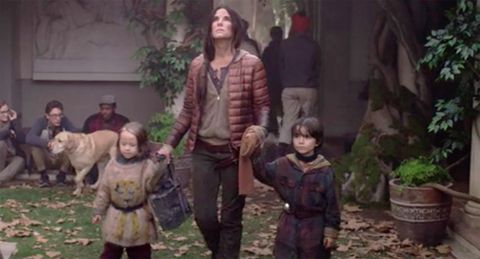
How about you? Which Bird Box adaptation did you prefer? Let us know, we’d love to hear from you!
Other things you might want to know about:
What was the monster in Bird Box?
Although never seen, the monsters are described as “beautiful” higher beings which bring people to pure insanity paired with suicidal tendencies. Both the book and movie chose different directions for the intent of the monsters, however, they both are powerful and menacing even when you don’t see them.
Why did Netflix remove Bird Box?
In the opening scenes of the movie, we can see panic all over the globe, however, cut footage actually showed footage of the 2013 train crash in the town of Lac-Mégantic in Quebec, Canada. Canada officials urged that the scene would be taken down, so the scenes were cut after constant refusal from Netflix.
What is the meaning behind the movie Bird Box?
Although the reasons for peoples’ insanity are unexplained, the ideas that back this phenomenon is ones of mental health in our society. The book tackles suicide and PTSD traits, and how different parties view these afflictions.

